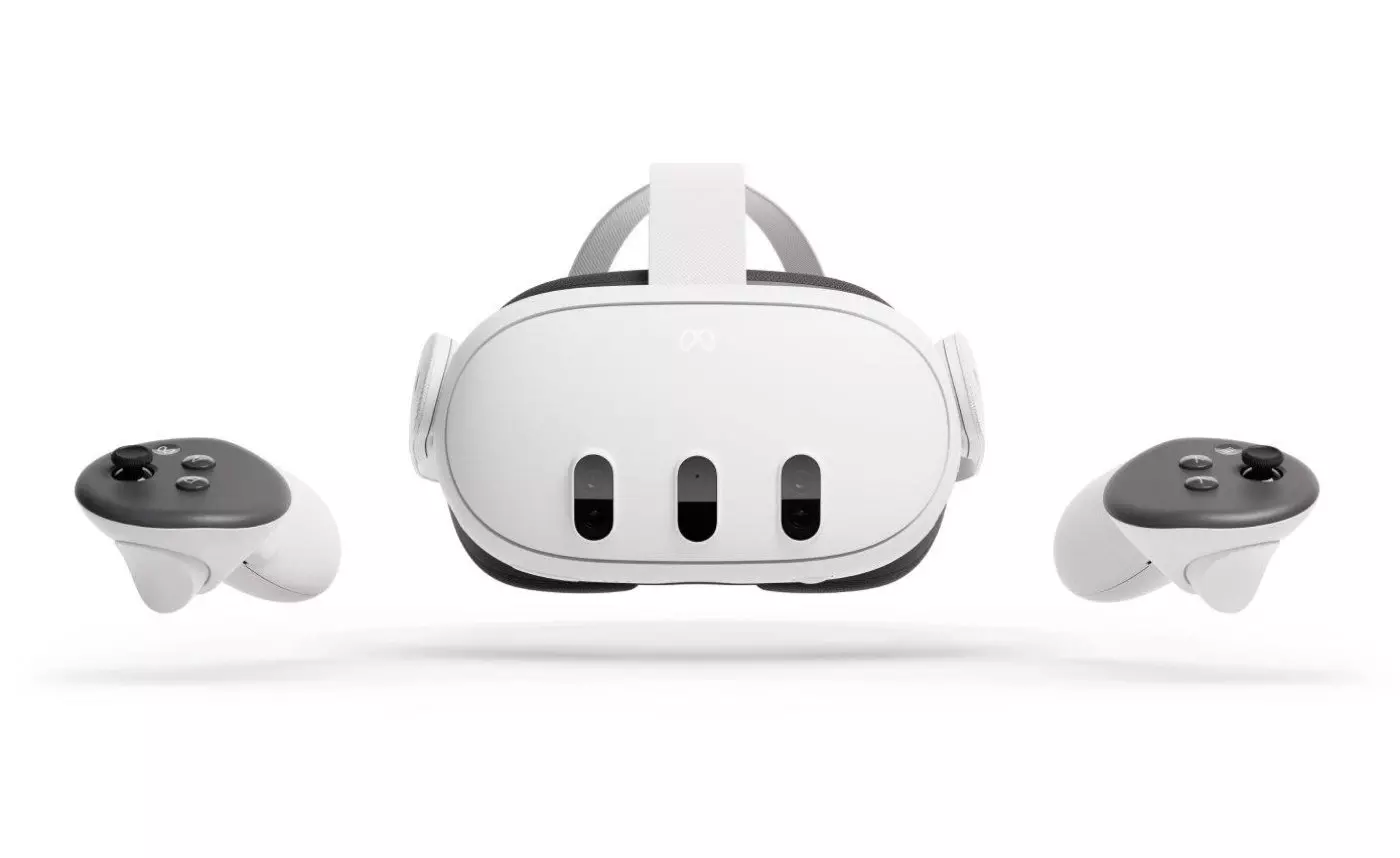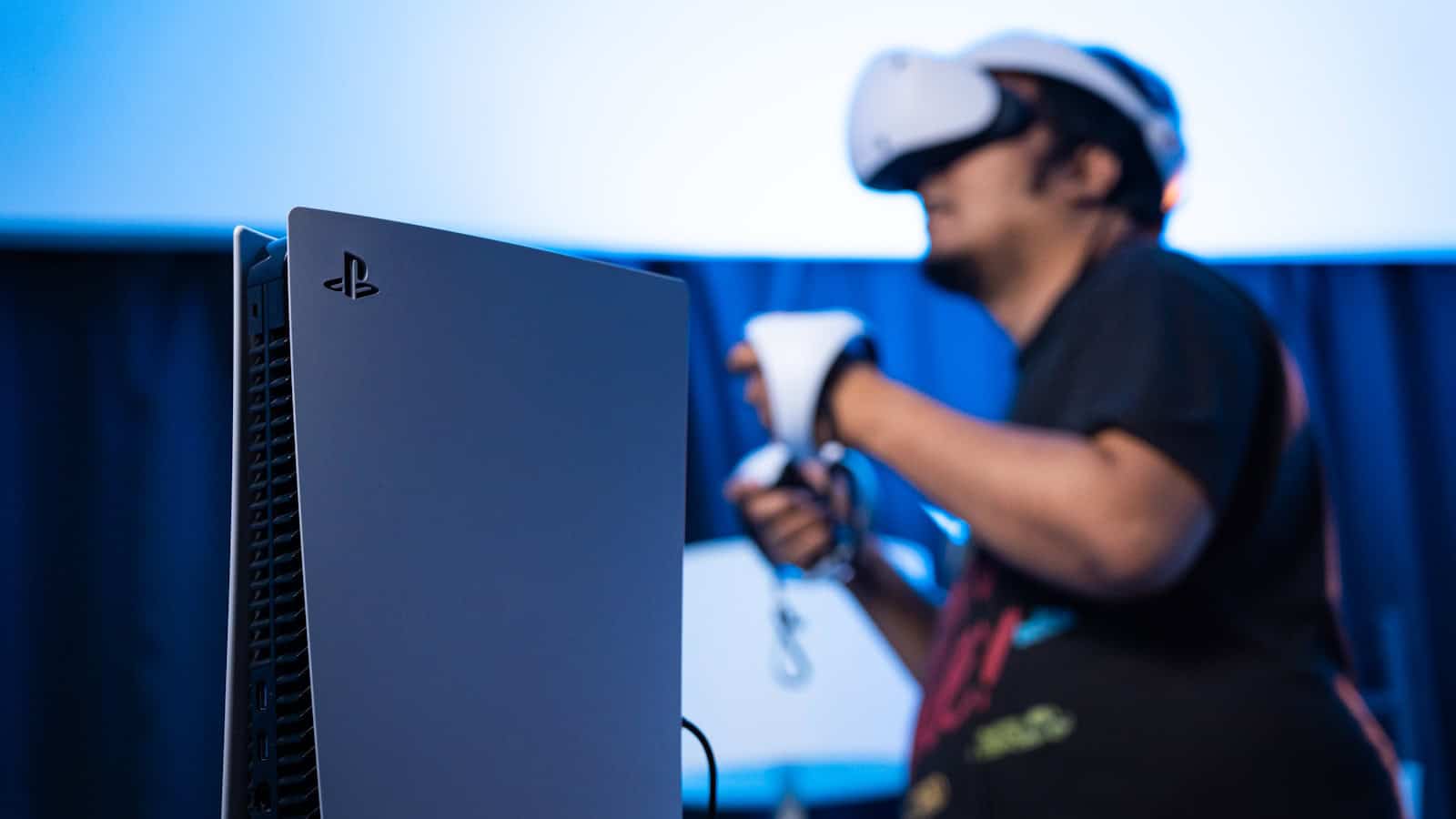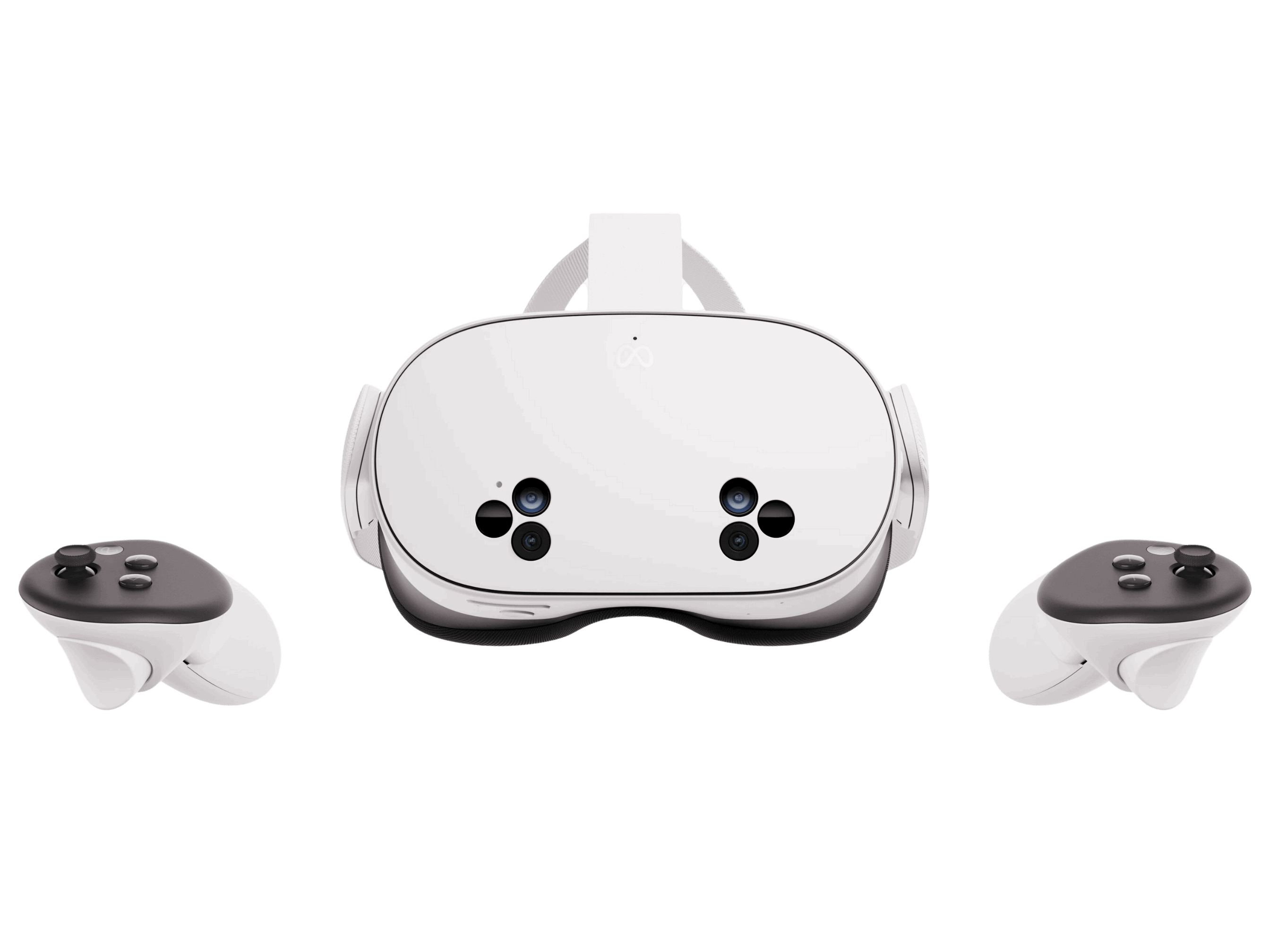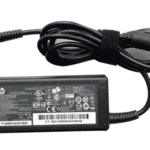Virtual reality gaming on PC is no longer a luxury hobby—it’s now more affordable and accessible than ever. Thanks to falling hardware prices, better PC compatibility, and innovation from both mainstream and indie manufacturers, the market is full of entry-level VR headsets that can deliver surprisingly immersive experiences without requiring you to shell out $1,000 or more.
Whether you’re a newcomer to VR or just looking for a cost-effective way to expand your gaming setup, there are several strong contenders worth considering. Some offer cross-platform flexibility, others emphasize visual clarity or comfort, and a few go all-in on affordability—even if it means sacrificing a few features.
Here’s a full ranked list of the best budget VR headsets for PC in 2025, combining performance, compatibility, and price.
Table: Best Budget VR Headsets for PC (Ranked)
| Rank | Headset Name | Notes |
|---|---|---|
| 1 | Meta Quest 3 | Standalone and PC-compatible; solid visuals and tracking |
| 2 | PlayStation VR2 | PC-compatible with adapter; OLED display, great visual quality |
| 3 | HTC Vive | Older but reliable; room-scale tracking and affordable refurbished |
| 4 | HP Reverb G2 | High resolution, good for sims, no external sensors needed |
| 5 | Pico 4 | Lightweight, solid visuals, limited native app store |
| 6 | Nintendo Labo Toy-Con 04 | Cardboard build, educational, very basic VR for Switch users |
| 7 | Google Cardboard | Lowest price point, works with phone, very limited features |
| 8 | Atlasonix VR Headset | Phone-based, comes with a remote, good for casual VR |
| 9 | Oculus Go | Older standalone headset, basic PC use with workarounds |
| 10 | Meta Quest 3S | Best budget performance; standalone and PC VR in one, very versatile |
1. Meta Quest 3 – Best All-Around Entry for Most Users

Meta’s Quest 3 continues to dominate the affordable VR space, offering dual modes: standalone operation and PC tethering via Air Link or USB-C. The device’s pancake lenses deliver enhanced clarity, while inside-out tracking ensures smooth controller response in fast-paced games. Though not the absolute cheapest, its versatility and performance make it a favorite among newcomers and seasoned VR gamers alike.
- Resolution: 2064 x 2208 per eye
- Battery Life: ~2–3 hours
- Connection: USB-C / WiFi 6 (Air Link)
- Ideal For: SteamVR gaming, wireless play, hybrid use
2. PlayStation VR2 – High-End Display Tech Meets PC Affordability

Originally a PS5-exclusive, Sony’s PlayStation VR2 can now be used with PC thanks to a $59.99 adapter. The headset offers OLED displays with 2000×2040 resolution per eye, excellent HDR visuals, and haptic-enabled controllers. While it requires a wired connection and still has some compatibility hiccups, its display quality alone justifies the price.
- Strength: OLED clarity, controller haptics
- Price: ~$459 (including adapter)
- Downside: Wired only; limited software support without workarounds
3. HTC Vive – Proven Classic at a Bargain
The original HTC Vive has aged well thanks to its solid build and room-scale tracking system. It’s still widely supported and often available refurbished for as little as $150. The base stations enable superior motion tracking for physically active games, though setup is more complex compared to newer inside-out solutions.
- Pros: Excellent tracking, SteamVR support
- Cons: Bulky setup, dated visuals
- Best For: Room-scale VR, budget upgraders
4. HP Reverb G2 – Simulator Fans Take Note
For seated gaming and simulators, the HP Reverb G2 offers fantastic 2160×2160 resolution per eye—ideal for reading cockpit gauges or fine text. It was co-engineered with Valve, which shows in its audio system and headset comfort. While controller tracking has improved in Version 2, it’s still not as smooth in close-body interactions.
- Strengths: Resolution, comfort, no base stations needed
- Best Use: Flight and racing sims, productivity apps
- Limitations: Tethered only, moderate tracking precision
5. Pico 4 – Underrated Gem for Budget Shoppers
ByteDance’s Pico 4 is gaining traction as an alternative to Meta’s lineup. It features sharp visuals, pancake optics, and a lightweight frame. While its standalone app library is weaker, its performance as a PC-connected headset is excellent for seated and simulator-style games.
- Perks: Slim design, wireless or wired PC VR
- Weakness: Ecosystem lags behind competitors
- Ideal Users: Seated gamers, simulator players
6. Nintendo Labo Toy-Con 04 – A Creative Starter Kit
If you’re looking for an ultra-budget and family-friendly introduction to VR, the Nintendo Labo VR Kit is unmatched in creativity. You build it yourself using cardboard components and a Nintendo Switch. It’s not a real PC VR headset, but it’s a fun learning tool for younger users or the curious.
- Price: ~$40
- Pros: DIY fun, great for kids
- Cons: Low visual quality, not PC-compatible
7. Google Cardboard – Entry-Level for the Curious
Google Cardboard is the definition of barebones VR. Made from cardboard, it turns a smartphone into a basic VR viewer. It can stream PC VR games via apps like Trinus VR, though the experience is rudimentary at best. Still, it’s a nearly free option to try out VR concepts.
- Cost: ~$15
- Use Case: Learning VR basics, 360° video viewing
- Not Ideal For: Gaming or real immersion
8. Atlasonix VR Headset – A Budget Phone-Based Alternative
This headset works with smartphones and includes a small Bluetooth remote, which allows basic interaction in apps like VRChat. It’s ideal for casual exploration or watching VR media and is often found for under $30.
- Best Feature: Remote control included
- Downside: Smartphone dependent
- Use Case: Media playback, basic VRChat
9. Oculus Go – Legacy Option with Limited PC Use
Oculus Go was once a major step for VR. Today, it’s a discontinued product, but can still be repurposed for watching videos or basic VR experiences with a PC. It lacks 6DOF tracking and advanced controller input but remains a cheap way to experience seated VR.
- Current Market Price: ~$20–$50 used
- Great For: Personal theater, casual VR
- Limitations: Outdated hardware, no movement tracking
10. Meta Quest 3S – 2025’s Best Budget Pick
Rounding out the list is the Meta Quest 3S, an evolution of the standard Quest 3. It’s the newest entry and offers high-end performance at a lower cost, making it arguably the best value right now. Like its sibling, it supports both standalone use and PC VR with Link or Air Link. Battery life and tracking remain solid, and it gives you full access to SteamVR titles on PC.
- Price: ~$299
- Why It Wins: Modern performance, wide game compatibility, unbeatable value
- Consider If: You want a future-proof, all-in-one headset without paying premium prices
If you’re building out a VR setup on a budget, prioritize factors like resolution, refresh rate, tracking method, and comfort. But also don’t overlook ecosystem and compatibility—your headset is only as useful as the content and platforms it supports.
1. Meta Quest 3
The Meta Quest 3 stands out as a versatile budget option for PC VR gaming. It works both as a standalone headset and connects to your PC, giving you flexibility in how you play.
This headset features significant improvements over previous models. The new pancake lenses allow for a slimmer design while providing sharper visuals. Many users find the display quality impressive at this price point.
For PC VR gaming, you can connect the Quest 3 to your computer using either a compatible USB-C cable or wirelessly through Air Link. The wireless option gives you freedom of movement without tripping over cords.
The Quest 3 runs on a powerful processor that handles most VR games smoothly. When connected to a PC, it can tap into your computer’s power for even better performance. This makes it a good choice for gamers with modest PC setups.
Battery life runs about 2-3 hours depending on what games you play. This is typical for wireless VR headsets, but something to keep in mind for longer gaming sessions.
Control tracking is reliable with the included hand controllers. The headset also supports hand tracking for controller-free experiences, though this feature works better in some applications than others.
The Quest 3 has a growing library of games available directly on the headset. When connected to a PC, you can access VR titles from Steam and other platforms, greatly expanding your gaming options.
Price-wise, the Quest 3 sits in the mid-range for VR headsets. While not the cheapest option available, it offers good value considering its capabilities and the fact you don’t need a PC to use it for many games.
2. PlayStation VR2
The PlayStation VR2 has become an unexpected contender in the PC VR market. While originally designed for PS5 consoles, Sony released a PC adapter for $59.99 that has changed the game.
This OLED headset brings impressive specs to PC users seeking quality VR without breaking the bank. Its dual 2000×2040 per-eye resolution displays deliver sharp visuals that many users find stunning compared to other options in this price range.
The tracking system works well without external base stations, making setup simpler than some competing PC headsets. The controllers offer good haptic feedback and intuitive design for most VR applications.
One major selling point is value. The PSVR2 with PC adapter costs less than buying a similar PC VR headset plus base stations and controllers. This makes it an attractive budget option for those willing to work with Sony’s ecosystem.
Testing shows the headset performs well with many SteamVR titles. The OLED display particularly stands out, providing deeper blacks and more vivid colors than LCD alternatives. Several reviewers note that this display quality is a significant advantage.
The headset retails for around $399.00, putting it in the mid-range of VR options. When you add the PC adapter cost, the total investment remains competitive for the quality offered.
Some limitations exist with software compatibility. Not all PC VR titles work perfectly, and occasional tweaks may be needed. The wired connection also limits mobility compared to wireless options.
Heat management during extended play sessions has been noted as a minor issue by some users. The headset can become warm after an hour or more of continuous use.
Despite these small drawbacks, the PSVR2 represents a solid entry point for PC VR enthusiasts seeking good visual quality and reliable tracking without investing in higher-priced alternatives.
3. HTC Vive
The HTC Vive has been a strong contender in the PC VR market since its debut. While not the newest headset available, it offers solid performance at a budget-friendly price point, especially when purchased refurbished or on sale.
The original Vive can now be found for significantly less than its launch price. Some users have reported finding Vive Focus Plus models for as low as $99, making it one of the most affordable entry points to PC VR gaming.
What makes the Vive stand out is its reliable room-scale tracking. The base station system allows for precise movement detection, giving players more freedom to move around in virtual spaces compared to some camera-based systems.
The Vive controllers are intuitive and responsive, though not as advanced as newer options. They feature grip buttons, triggers, and touchpads that work well for most VR games and applications.
HTC offers various models in their VIVE Focus series, which provides both standalone and PC VR capabilities. This flexibility makes it a versatile choice for users who want options beyond just PC connection.
The display resolution isn’t as crisp as newer headsets, but it delivers a pleasant VR experience for most games. The screen door effect is noticeable but not distracting during gameplay.
Setup can be more involved than with some newer headsets. The base stations need mounting in opposite corners of your play space, and there are more cables to manage compared to wireless options.
The HTC Vive’s biggest advantage today is value. For budget-conscious gamers looking to enter PC VR, finding a discounted or refurbished Vive can offer substantial savings while still providing good performance.
It’s worth noting that the Vive ecosystem has expanded, with the newer HTC Vive XR Elite offering more advanced features for those with higher budgets.
4. HP Reverb G2
The HP Reverb G2 stands out as an excellent choice for PC VR users who want high visual quality without breaking the bank. It offers impressive resolution that makes games and simulations look crisp and clear.
This headset features 2160 x 2160 pixels per eye, which is sharper than many other options in the same price range. The high resolution makes it particularly good for simulator games where reading text and seeing details matters.
The G2 comes with adjustable lenses that help users find their perfect visual sweet spot. This feature makes a big difference for comfort during long gaming sessions.
Sound quality is another strong point for the Reverb G2. It has speakers designed with input from Valve, the company behind Half-Life and Steam. These speakers sit just off your ears, creating good audio without pressing on them.
HP improved the tracking with the Version 2 model, fixing issues from the first release. While it still uses inside-out tracking (no external sensors needed), the V2 performs better when controllers are moved near your body.
The controllers work well but aren’t as advanced as some competitors. They handle basic interactions fine, though serious VR enthusiasts might notice some limitations.
Comfort is solid thanks to the headset’s balanced weight distribution. The face cushion feels nice against the skin, and the headband adjusts easily for different head sizes.
For PC connection, the Reverb G2 requires a reasonably powerful computer. It connects via DisplayPort and USB, with no wireless option available.
Price-wise, it sits in the mid-range category, offering better visual quality than many tested headsets at its price point. It comes with everything needed to connect to a PC.
For those focused on simulator games or seated VR experiences, the G2 makes an excellent choice. Its visual clarity shines in detailed environments like flight simulators and racing games.
5. Pico 4
The Pico 4 stands out as a strong budget-friendly option for PC VR gaming. Its lightweight design and pancake lenses make it comfortable for extended play sessions.
One of the biggest advantages of the Pico 4 is its impressive visual quality. The headset offers good resolution and a relatively large field of view compared to other headsets in its price range.
For PC gamers on a budget, the Pico 4 presents a compelling option. It connects to your computer and serves as a decent PC VR option without breaking the bank.
The built-in audio solution works well enough for most games and applications. While not the best sound available in VR, it gets the job done for most users.
Connection to your PC is straightforward with the Pico 4. The setup process is simple enough for even VR newcomers to handle without much trouble.
ByteDance’s Pico 4 has been praised for its slim design and quality image. The sleek profile makes it less bulky than many competing headsets.
One drawback worth noting is that Pico’s app store doesn’t match up to competitors like Meta. However, when used primarily as a PC VR headset, this limitation becomes less important.
For simulator games where you’re seated rather than standing, the Pico 4 performs admirably. Its comfort and visual clarity make it suitable for flight simulators, racing games, and other seated VR experiences.
The Pico 4 sits comfortably between ultra-budget options and premium headsets. While not the absolute cheapest option available, it offers good value considering its features and performance.
6. Nintendo Labo Toy-Con 04
The Nintendo Labo Toy-Con 04 VR Kit offers a unique budget-friendly entry point into virtual reality. While not designed specifically for PC use, it provides an interesting alternative for those curious about VR without a major investment.
This cardboard-based VR system works with the Nintendo Switch and costs significantly less than traditional VR headsets. The starter set with blaster is priced around $40, making it one of the most affordable VR options available.
The full kit includes multiple cardboard creations: VR Goggles, Blaster, Elephant, Camera, and more. Users build these components themselves, which adds an educational element to the experience.
What makes the Labo VR interesting is its approach to interactive design. The Toy-Con Garage and Toy-Con Garage VR tools allow users to program and create their own VR games and experiences.
The visual quality doesn’t compare to dedicated PC VR headsets. The Nintendo Switch screen offers lower resolution than what PC gamers might expect from virtual reality.
For PC enthusiasts, it’s worth noting that Windows Mixed Reality headsets start around $200, providing a more robust VR experience. The Labo VR lacks positional tracking and advanced controllers found in PC-based systems.
Despite these limitations, the Nintendo Labo VR Kit remains on IGN’s list of best budget VR headsets in 2025. Its affordability and creative approach make it an interesting option for VR beginners.
The kit shines as an introduction to VR concepts rather than a full PC VR solution. Children and families particularly enjoy the building aspect and simple games included in the software.
7. Google Cardboard
Google Cardboard offers the most basic and affordable VR experience for PC users. Despite its simple cardboard construction, it can work with various smartphones to create a basic VR system when paired with PC streaming apps.
Setting up Cardboard with a PC requires additional software like Trinus VR or VRidge. These programs let your computer send VR content to your smartphone, which then displays it in the Cardboard headset.
The build quality is exactly what you’d expect from its name – it’s literally made of cardboard. This makes it extremely lightweight but not very durable. Some Cardboard models on Amazon include comfort features like foam padding.
Customer reviews show mixed feelings about value. While some find it a great way to try VR before investing in expensive hardware, others note its significant limitations.
The visual quality depends entirely on your smartphone’s screen. Most phones have sufficient resolution, but refresh rates may cause motion sickness in some users. The field of view is also narrower than dedicated VR headsets.
Tracking is extremely limited. Cardboard only offers 3-degrees-of-freedom tracking, meaning it can detect head rotation but not movement through space. This creates a more restricted VR experience compared to full headsets.
The biggest advantage is price. At roughly $15-25, it’s by far the cheapest VR option available. This makes it perfect for curious newcomers who just want to see what VR is about.
PC compatibility requires technical know-how and additional apps. The experience won’t match dedicated headsets, but it provides a taste of VR without a major investment.
For cash-strapped PC gamers wanting to try VR, Google Cardboard represents the absolute entry-level option. Just keep expectations realistic about what this ultra-budget solution can deliver.
8. Atlasonix VR Headset
The Atlasonix VR Headset offers an affordable entry point for PC-based virtual reality. This budget-friendly option works with smartphones between 4 and 6.3 inches, making it versatile for many users.
One standout feature is its inclusion of a remote control for Android phones. This gives users added control without having to invest in expensive hand controllers that come with pricier headsets.
The headset features extra large lenses that provide a decent field of view. This helps create a more immersive experience than some competing budget options in the same price range.
For gamers interested in casual VR experiences like VRChat, the Atlasonix remote control functionality enables about 90% of players to enjoy basic interactions. This makes it a practical choice for those just testing the VR waters.
Unlike standalone headsets, the Atlasonix requires a smartphone to function. This phone-based approach keeps costs down while still delivering basic VR capabilities for PC content that can be viewed through your phone.
Customer reviews on Amazon show mixed feedback with a rating of about 3.2 stars. Some users praise its value, while others note limitations compared to dedicated PC headsets.
The Atlasonix has earned a spot on IGN’s list of best affordable VR headsets for 2025, highlighting its continued relevance in the budget market. It sits alongside options like the Meta Quest 3S and PlayStation VR2, though those are higher-priced alternatives.
For PC users wanting to try VR without a major investment, the Atlasonix provides a starting point. Just remember its capabilities won’t match dedicated PC headsets like the Pimax Crystal Light or higher-end options.
9. Oculus Go
The Oculus Go stands as one of the earlier standalone VR headsets, which doesn’t require a PC or phone to operate. However, it can still connect to a PC with some workarounds, making it an option for budget-conscious buyers.
Released before the Quest series, the Oculus Go offers a simpler VR experience. It features crystal clear optics and decent 3D graphics, creating an experience that feels like having a personal theater.
One major advantage of the Go is its affordability. In 2025, these headsets can be found at significant discounts, with some users reporting finding them for as little as $21 at flea markets. This makes it possibly the cheapest entry point into VR.
The Go is particularly well-suited for seated experiences. It’s comfortable to wear for extended periods, which works well for watching videos or playing casual games.
Battery life is reasonable, offering around 2-3 hours of use on a single charge. This is enough for most VR sessions without needing to plug in.
The main drawback is its limited tracking capabilities. The Oculus Go only offers 3-degrees-of-freedom (3DOF) tracking, meaning it can track head rotation but not movement through space.
Controller options are also basic compared to newer headsets. The Go comes with a simple remote-like controller that works for pointing and basic interactions but lacks the sophistication of modern VR controllers.
Despite these limitations, the Go remains an affordable, comfortable option for those wanting to try VR without a big investment. It works best for media consumption, casual gaming, and simple VR applications rather than immersive PC VR games.
Support for the Oculus Go has been discontinued, so software updates and new apps are no longer being developed. However, existing apps still function, and the headset can access a decent library of content.
10. Quest 3S
The Meta Quest 3S has quickly established itself as one of the top budget VR headsets for PC gaming in 2025. Released as a more affordable alternative to the Quest 3, it offers impressive performance at a $300 price point.
This headset uses the same chipset and power as the more expensive Quest 3, giving PC gamers solid performance without breaking the bank. You connect it to your gaming PC using either a USB-C cable or wireless Air Link.
What makes the Quest 3S stand out is its versatility. It works as both a standalone VR device and as a PC VR headset. This means you can play PC VR games when connected and still enjoy standalone games when you want the freedom to move around.
Many reviewers consider it the best budget VR headset on the market right now. The display offers good resolution that makes games look sharp and clear, though not quite at the level of premium headsets.
The controllers track well and feel responsive during gameplay. This matters a lot in fast-paced PC VR games where timing and precision count.
For anyone looking at affordable PC VR options, the Quest 3S beats most competitors. According to Reddit discussions, an used Quest 2 at around $150 might be cheaper, but the 3S offers newer technology and better performance.
Battery life runs about 2-3 hours of gameplay, which is standard for VR headsets in this class. The headset is also reasonably comfortable for extended PC gaming sessions, though adding an aftermarket head strap might improve comfort.
The Quest 3S provides access to the widest range of games available, which includes the full SteamVR library when connected to your PC. This gives PC gamers hundreds of titles to choose from.
Features To Consider
When shopping for a budget VR headset for PC, several technical specifications will impact your experience. These key factors determine visual quality, comfort, and how well the headset tracks your movements.
Display Resolution
Display resolution greatly affects image clarity in VR. Higher resolution means sharper text, more detailed environments, and less of the “screen door effect” where you see gaps between pixels.
The HP Reverb G2 offers impressive resolution (1832 × 1920 per eye) among budget options, making it good for reading text and seeing fine details. This makes a big difference in games with distant objects or when reading in-game menus.
Budget headsets typically offer 1440 × 1600 to 1832 × 1920 pixels per eye. While premium headsets may reach 2000 × 2000 or higher, many affordable options provide enough clarity for enjoyable gameplay.
Remember that higher resolution requires more GPU power. Check that your PC can handle the headset’s resolution before purchasing.
Field of View
Field of View (FOV) measures how much of the virtual world you can see at once. Wider FOV creates a more immersive experience by reducing the “binocular” effect.
Most budget headsets offer 90-110 degrees FOV. Human vision spans about 200 degrees horizontally, so even premium headsets don’t match natural vision.
FOV impacts presence – the feeling of actually being inside the virtual world. A narrow FOV might make you feel like you’re looking through a window rather than being present in the environment.
Design affects FOV too. Headsets with more distance between lenses and eyes often provide wider fields of view, but this can impact comfort and weight distribution.
Refresh Rate
Refresh rate measures how many times per second the display updates. Higher rates mean smoother motion and can reduce motion sickness for many users.
Budget VR headsets typically offer 72-90Hz refresh rates. Mid-range options like the Meta Quest 3S can reach up to 120Hz, creating noticeably smoother visuals.
Fast-paced games benefit most from higher refresh rates. Racing games, rhythm games, and action titles feel more responsive and comfortable with rates of 90Hz or above.
Your PC must be powerful enough to maintain these frame rates consistently. If your computer can’t keep up with the headset’s maximum refresh rate, you may experience stuttering or motion sickness.
Tracking System
Tracking determines how accurately the VR system follows your movements. Budget headsets use either external sensors or inside-out tracking.
Inside-out tracking uses cameras on the headset to monitor movement and is more convenient. No external sensors means easier setup and portability. Most newer budget headsets like the Meta Quest series use this approach.
External tracking (like SteamVR base stations) offers more precision but costs more and requires permanent setup. These systems track controllers even when behind your back – important for certain games.
Controller tracking matters too. Look for headsets with responsive controllers that maintain connection even during fast movements. Poor tracking can ruin immersion when your virtual hands lag or jump around unexpectedly.
Compatibility with PC Hardware
When pairing a budget VR headset with your PC, understanding hardware requirements is crucial to ensure smooth performance. Different headsets have varying demands on your system, particularly regarding processing power and connection options.
Minimum System Requirements
Most budget VR headsets for PC require at least an Intel Core i5 processor (or AMD equivalent) and 8GB of RAM. The Meta Quest 3 works well when connected to a PC with these specs, though 16GB RAM is recommended for better performance.
Windows 10 or 11 is essential for most headsets. Storage requirements vary, but having at least 256GB of free space helps accommodate VR games, which typically range from 1GB to 20GB each.
USB ports matter too. Headsets like the Quest 3S need USB 3.0 or higher for PC connection via Oculus Link cable. Wireless connectivity options exist but may require additional hardware like dedicated WiFi 6 routers for optimal performance.
Graphics Card Compatibility
Graphics cards are the most critical component for VR gaming on PC. Budget VR headsets have different minimum requirements:
Entry-level options:
- NVIDIA GTX 1660 Super
- AMD Radeon RX 5500 XT
- Intel Arc A750
For better performance with headsets like the HTC Vive Pro 2, these cards are recommended:
- NVIDIA RTX 3060 or better
- AMD Radeon RX 6600 XT or higher
Display ports matter too. Most PC VR headsets connect via DisplayPort 1.2 or higher, though some use HDMI 2.0. Check your graphics card’s available ports before purchasing.
Driver updates are essential. Outdated graphics drivers can cause performance issues even with compatible hardware. NVIDIA and AMD regularly release VR-specific optimizations in their driver updates.
Frequently Asked Questions
Budget VR headsets for PC gaming can vary widely in price, features, and compatibility. Here are answers to common questions about finding the right affordable VR headset for your PC setup.
What affordable VR headsets are compatible with PC?
Several budget-friendly VR headsets work well with PCs. The Meta Quest 3S offers PC compatibility through its Link cable or Air Link wireless option. This makes it a versatile choice for those who want both standalone and PC VR capabilities.
The HP Reverb G2 is designed specifically for PC and provides excellent visual quality at a mid-range price point. It connects directly to your computer without needing extra hardware.
HTC Vive’s older models have become more affordable and still offer solid PC VR performance with good tracking capabilities.
Which VR headset offers the best value for PC gamers?
The Meta Quest 3 currently provides exceptional value. It functions as both a standalone device and connects to PCs, giving you two headsets in one. The visual quality, tracking, and game library make it worth the investment.
For pure PC VR at a lower price point, the HP Reverb G2 delivers impressive resolution and comfort. Its visual clarity makes it particularly good for simulation games and detailed environments.
PlayStation VR2, while designed for PS5, has unofficial PC compatibility methods that some users have successfully implemented.
What are the system requirements for a budget PC VR headset?
Most PC VR headsets require at least an NVIDIA GTX 1060 or AMD Radeon RX 580 graphics card. For smoother performance, an RTX 2060 or better is recommended.
Your computer should have a modern quad-core CPU (Intel Core i5 or AMD Ryzen 5), at least 8GB RAM (16GB preferred), and sufficient USB ports. Most headsets need USB 3.0 and DisplayPort or HDMI connections.
Storage requirements vary by game, but having at least 256GB of SSD space will help with loading times and performance.
Can you recommend a VR headset with controllers without breaking the bank?
The Meta Quest 3S includes comfortable controllers at its $299 price point, making it an excellent value. These controllers offer good tracking and intuitive controls for most games.
The Pico 4 also comes with full-featured controllers at a competitive price. Its controllers feature similar functionality to the Quest models but with slightly different ergonomics.
Older generation headsets like the original HTC Vive can sometimes be found at reduced prices with their controllers included, offering a budget entry point to PC VR.
How does the Meta Quest 3S compare with other budget PC VR headsets?
The Meta Quest 3S offers unique flexibility that other budget headsets don’t match. It works as both a standalone device and a PC VR headset when connected to your computer.
Compared to dedicated PC headsets like the HP Reverb G2, the Quest 3S has slightly lower visual fidelity but better tracking without external sensors. The G2 offers superior resolution but requires more setup.
The Quest 3S also has access to Meta’s extensive game library, while PC-only headsets rely on Steam VR and other PC platforms for content.
Are there any budget VR headsets that also work with smartphones?
Modern smartphone VR options are limited compared to previous years. Simple viewers like the Nintendo Labo VR Kit offer basic VR experiences with Nintendo Switch rather than smartphones.
Some older style headsets like the Atlasonix VR can hold smartphones to create basic VR experiences. These provide entry-level VR at the lowest price point but with very limited interactivity.
Traditional cardboard-style viewers can work with many smartphones for basic 360-degree content viewing, though they lack the features and tracking capabilities of dedicated VR systems.







